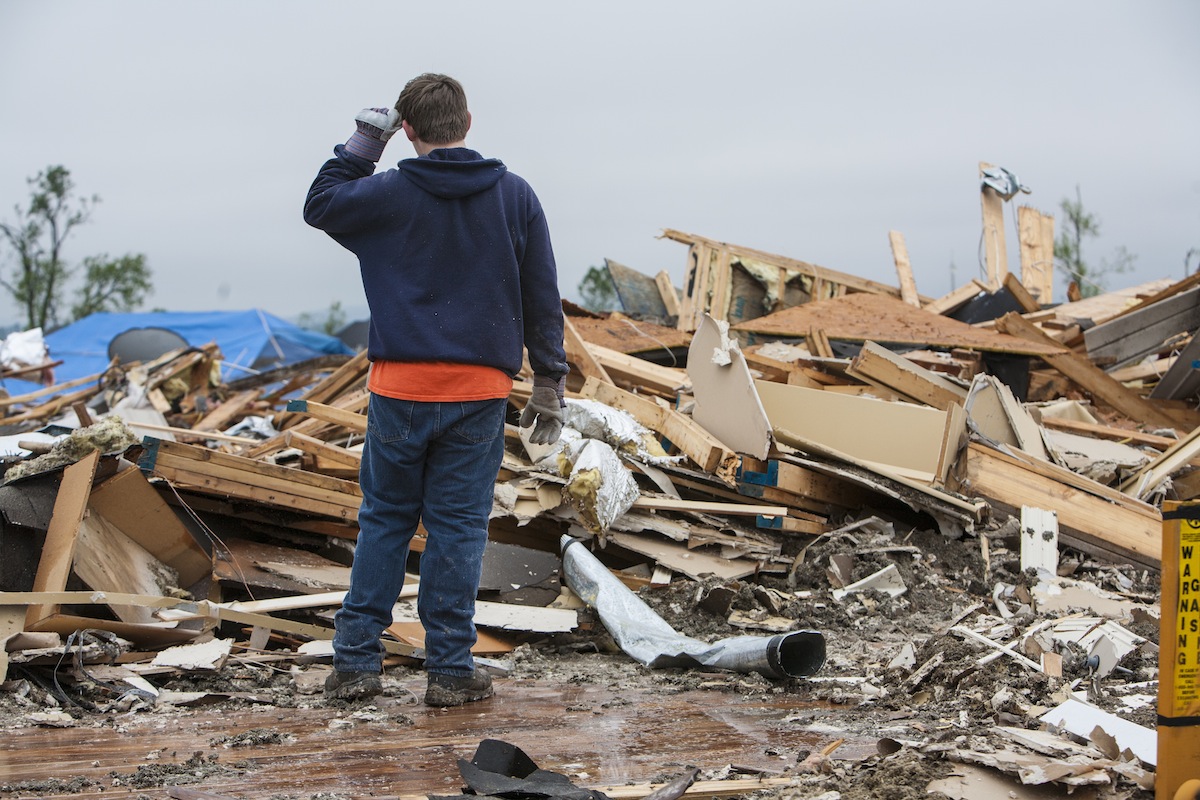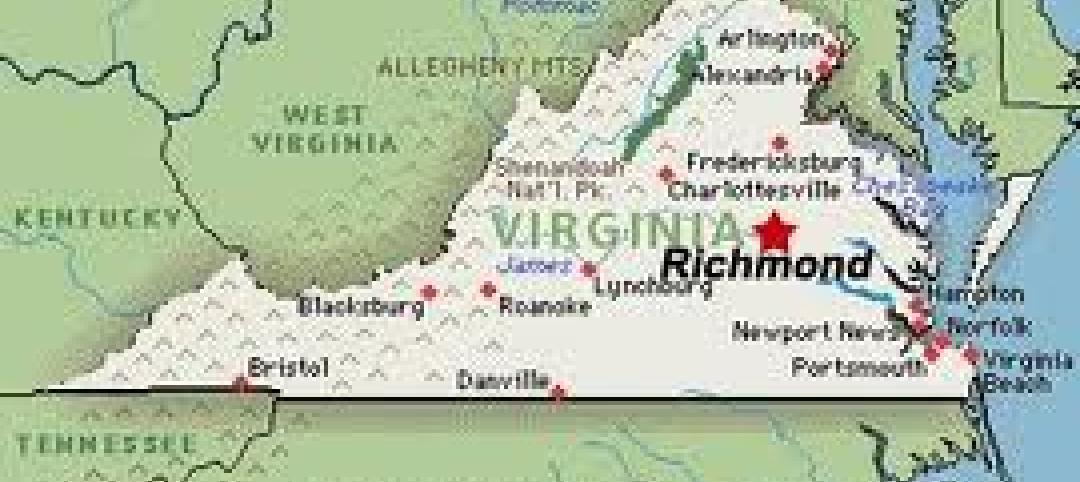Federal disaster policy should shift its focus toward mitigation in order to reduce future disaster costs, the National Association of Mutual Insurance Companies says. The industry group recommends that the federal government create incentives for states to adopt and enforce strong building codes.
“For decades, Congress has provided insufficient funding for disaster relief and then added funds in the middle of fiscal years,” Robert Detlefsen, vice president of public policy for NAMIC, told the Senate Homeland Security Subcommittee on Emergency Management. “Merely hoping the weather cooperates and relying on luck are not the ways to establish FEMA’s disaster relief budget.”
NAMIC and the BuildStrong Coalition are advocating for the Safe Building Code Incentive Act, which provides additional post-disaster grant money to states that adopt and enforce a model statewide building code.
"There is overwhelming scientific evidence to support the conclusion that statewide building codes save lives and greatly reduce property damage and the subsequent need for federal disaster aid," Detlefsen said. He noted that a study by the National Institute of Building Sciences found that for every $1 spent to make buildings stronger, the American taxpayer saves $4 in federal disaster assistance.
Related Stories
| Mar 1, 2012
EPA beefs up stormwater discharge rule from construction projects
The U.S. Environmental Protection Agency (EPA) has now finalized its 2012 construction general permit (CGP) that authorizes stormwater discharges from construction projects that disturb one or more acres of land in the areas where EPA is the permitting authority.
| Mar 1, 2012
Regulators investigate structural failures during construction of two Ohio casinos
Regulators with the Occupational Safety & Health Administration and the city of Cincinnati are investigatingthe collapse of the second floor of Cincinnati's Horseshoe Casino as workers were pouring concrete.
| Mar 1, 2012
Is your project too small for LEED? Consider other green standards
There are many other recognized national, state and local programs that offer a variety of best management practices and sustainable design, construction and operating strategies.
| Mar 1, 2012
California bill aims to cut costs for commercial building energy retrofits
A bill in the California Assembly would allow the state to pool together property owners’ energy-retrofit loans.
| Feb 29, 2012
Carvalho appointed Shawmut Safety Director
He has been a driving force behind multiple safety-orientated initiatives at Shawmut, including Safety Week, the creation of an online safety manual, and the implementation of a new safety reporting and tracking system.
| Feb 23, 2012
Federal budget cuts put major building projects on hold
A plan to build the National Bio and Agro-Defense Facility in Kansas is among several major building projects in jeopardy after the Obama administration’s 2013 budget was unveiled. The budget would cut all construction spending for the facility.
| Feb 23, 2012
Federal agencies fixed on leasing LEED-certified space
The federal government is especially focused on renting LEED-certified spaces.
| Feb 23, 2012
Regulators investigating construction accident at World Trade Center
The New York Port Authority and the city’s fire and building departments are investigating an accident at the World Trade Center construction site in lower Manhattan after a crane dropped steel beams that fell about 40 stories onto the truck that delivered them.
| Feb 23, 2012
New Virginia statewide building code goes into effect March 1
After March 1, all building plans in Virginia must adhere to the 2009 code that was adopted a year ago.
















